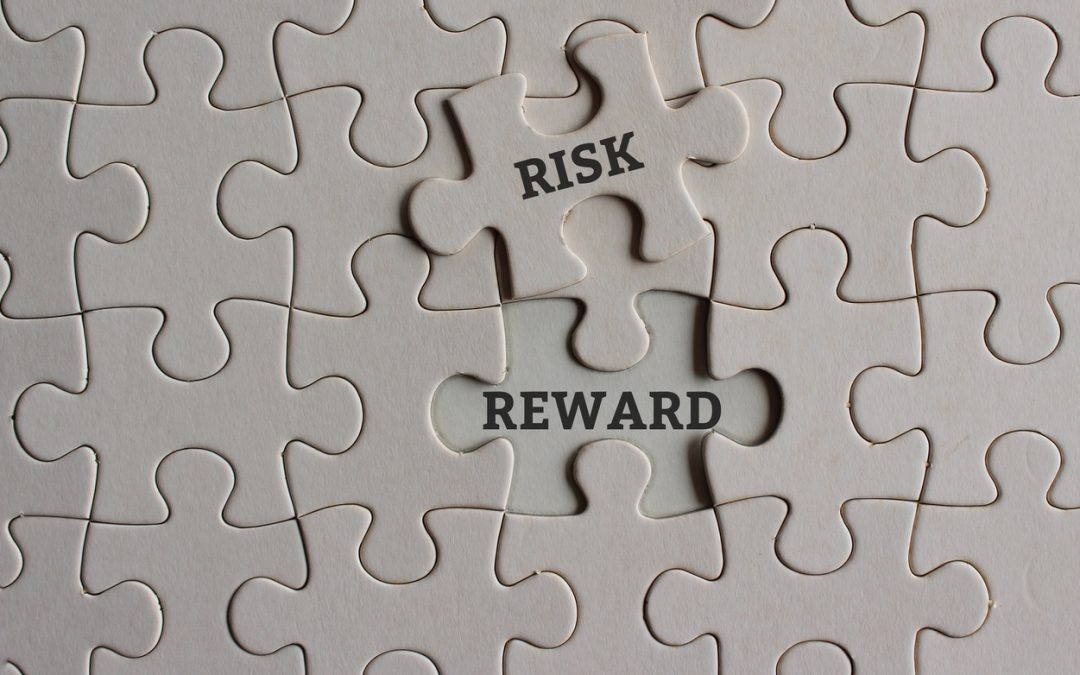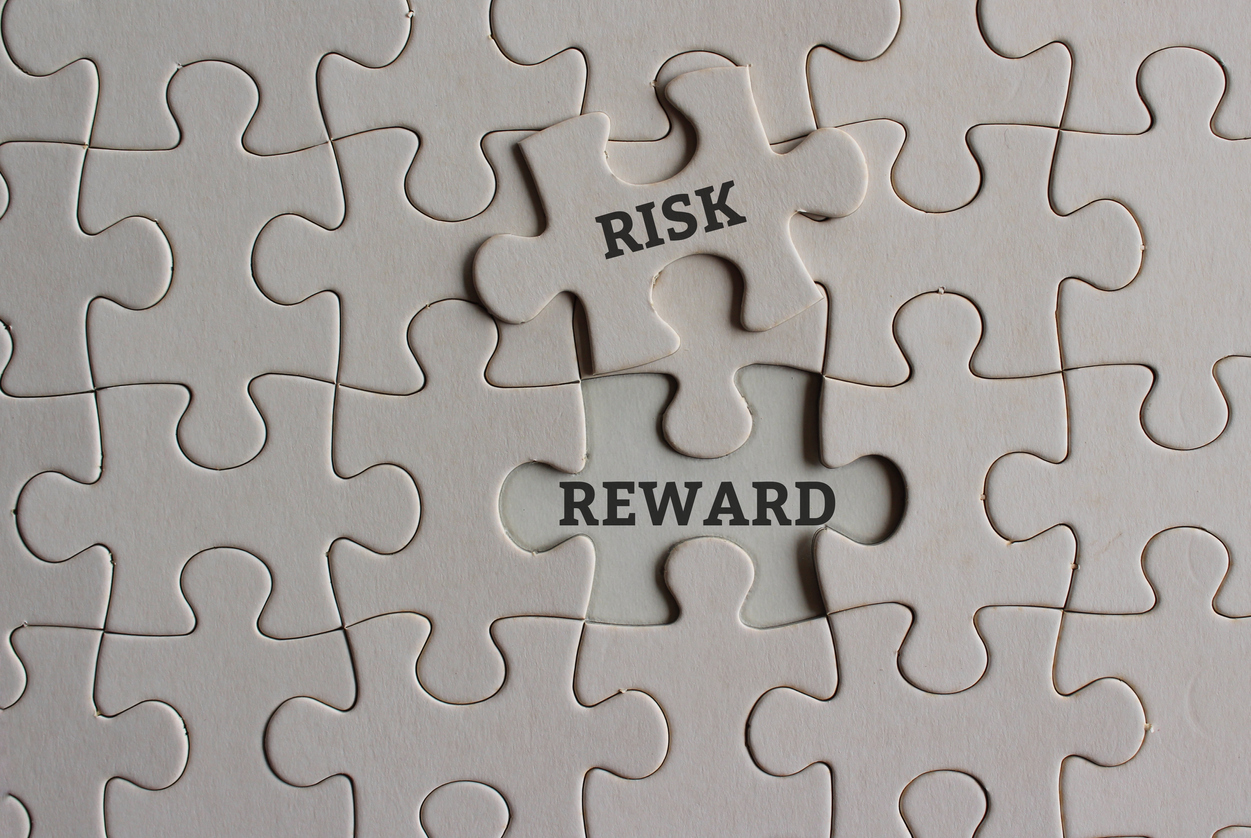How to find your sweet spot
Retirement Essentials’ financial adviser, Nicole, says that risk tolerance to her is about the difference between anxiety and peace of mind.
‘When I talk to clients about it I often refer to the ‘sleep test’ in retirement – if you’re losing sleep over it maybe you either need to make a change, or understand it better. The fear here ultimately comes from the fear of running out of money. Seeing chunks disappear from your balance in a short space of time can lead to panic.’
Nicole has really nailed the fundamental fear held by many retirees – that they will outlive their savings. Yet this rarely happens.
Other retirees report that most of their anxiety comes from movements in the sharemarket. Given the nightly news ‘carnage’ reports of sharemarkets falling, this can be really worrying. However, many people holding superannuation are not aware that the Australian sharemarket may only form a small part of their super investments. If they were, they might suffer less anxiety.
If you are experiencing financial stress, it’s useful to underscore Nicole’s advice – and it’s probably not an either/or situation. First, try to better understand the situation – and then you may need to make a change or may now have sufficient context to sit the situation out, calmly.
Here’s a couple of scenarios where risk tolerance factors are on display – and may even be contributing to unnecessary concerns.
Scenario #1
Is cash always the right response?
Many people feel safer with a high proportion of their savings in cash but when we’re talking about cash in super, which we hope will last 25 years or more, there is also great danger in investing too conservatively.
Let’s say you want an income of $50,000 per annum.
You are getting $38,000 in Age Pension entitlement and therefore need $12,000 each year from your $200,000 super balance to live comfortably.
This is 6% of your account balance every year.
Inflation (-3%) plus these income withdrawals (-6%) plus low (cash) returns (+0.5%) means that you are just eating away your own money straight away (-8.5% a year!).
And that you may end up at even greater risk of running out. So sometimes we need to invest a little more in growth assets, to make sure our money lasts long enough.
Scenario #2
Switching when markets fall
It’s best to avoid this emotional rollercoaster
Many investors will also switch to cash when markets are falling. They have the best of intentions of transferring back ‘into the market’ when everything has settled down. Here’s the thing – without a crystal ball no one knows the best time to get in or out and emotional investment decisions like this almost always end badly. If you cash out now and the market falls further you feel good about your decision – but just how far does it need to climb again before you feel confident enough to get back in? It might go up, but what if it’s just fluctuating and it might go down again? By the time you feel safe enough to get back in, it’s likely that most of the recovery is over.
Remember, usually when we’re feeling euphoric about markets it’s the worst possible time to buy, and when we’re feeling at our worst about them, it’s the worst possible time to sell. Most of the anxiety is eliminated by feeling confident in making an initial investment decision and sticking with it – understanding that this is all part of the ride and this too shall pass. And remembering the double-digit returns most people made last year wouldn’t have happened without taking some risk.
The sweet spot
So how much risk is enough risk?
How do you just take the risk you need to take for the returns you need, but no more?
First, you need to fully understand your risk tolerance. How much volatility can you stomach? At what point do you start losing sleep?
Our advisers are able to help you define this with the Retirement Essentials Risk Tolerance Questionnaire. And then, if and when you find a sweet spot with which you feel comfortable, the next question is ‘will this be enough to give you what you want?’
Again, we can use the Retirement Forecasting Tool to help project this likelihood. Sometimes your risk appetite and long-term funding needs do not align.
At this point you need to trade off – either accept higher risk or accept that your money may run out sooner. Either way, you’re making an informed financial decision about your future. Everybody’s situation and attitudes are different, so there is no right answer for everyone, but there may be a better answer for you.
Understanding how you are invested, and making a conscious choice about investment options, gives greater confidence in the future. And then you really will sleep better. The key strategy with managing the different pillars of your retirement income is to keep a long view.
Remind yourself of when you were a child, in the back seat, saying excitedly to your parents in the front, ‘Are we there yet? Are we?’
Now older and wiser you have no doubt learned how to enjoy the journey.
That’s what successful retirement income management looks like. It’s a three-step process:
- Know yourself (risk tolerance)
- Select your sweet spot (the trade-off point between acceptable risk and reasonable returns)
- Settle back and enjoy the ride
If you would like to work with Nicole in a one-on-one consultation and use the tools described above to define your risk tolerance and your longer term income trajectory, you can book a meeting here.
And if you’re interested in understanding more about the upsides of down markets, read an excellent summary here.
Book an online consultation now and find out your options to maximise your income – and minimise your stress.
This article is provided by Retirement Essentials Representative Number: 001260855. We are an authorised representative of SuperEd Pty Ltd ABN 88 118 480 907 AFSL #468859. This information is not intended as financial product advice, legal advice or taxation advice. It does not take into account your personal situation, goals or needs and you should assess your own financial situation, consider if the information is suitable for you and ensure you read the relevant Product Disclosure Statement (PDS) if you choose to make any changes to your financial situation. It is always advisable to consult a financial adviser before making financial decisions.






